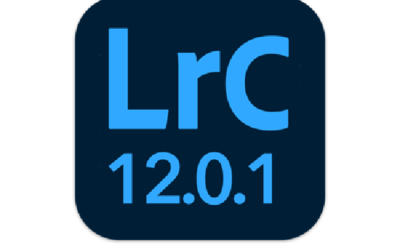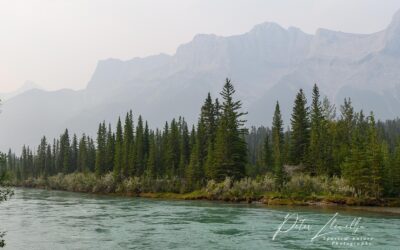(THIS ARTICLE IS NOW REDUNDANT AS APPLE HAVE DISCONTINUED APERTURE)
I know I have been down this road before but with the continuing delays with Photomechanic’s promised image database I have once again found myself comparing Aperture and Lightroom as my primary raw conversion and databasing software. In the past I have continued to come down on the side of Apple’s Aperture, which I have been using since the product was first launched in 2005 but since spending a couple of months playing around with Adobe’s Lightroom 5 I have finally decided to drop Aperture and convert to the Adobe product.
What has caused this change of heart after being a staunch Apple supporter for so long?
First a breakdown of the main reasons and then some details on how the decision was arrived at. There are a number of features that have really led to this decision.
- The latest raw conversions from Lightroom seem to offer better shadow detail and slightly more accurate colours than the current version of Aperture
- lens corrections
- better plugins for Alamy and Photoshelter
- better use of NIK software
- healing brush works much better than equivalent in Aperture including the new visualize spots
- gradient tool
- upright tool
- smart Previews offers offline working on images
Looking at each of the above in turn.
Raw conversions – Over the years I have used many different Raw converters, including Aperture, Nikon Capture, Phase 1, and early versions of Lightroom. Each has it”s own strengths and weaknesses but in all honesty there is now little to choose between them. As I mention above the latest version of Lightroom has improved shadow detail in conversions, but as I now make regular usage of other add-ons, particularly NIK software, I would be happy doing conversions in any of the above
Lens corrections – Lightroom’s ability to correct for anomalies in different lenses is a powerful fature and sorely lacking in Aperture
Plugins – Photoshelter runs my on-line database and Alamy is my major photo agency. Although Aperture has plugins for upload to both services the equivalent’s in Lightroom 5 are considerable more powerful, particularly in their ability to track submissions, including finding images that are already uploaded. This makes it much easier to keep trck of which images are on which service.
NIK Software – Although 9 times out of 10 I will open an image in Photoshop before applying NIK filters on the odd occasion that I want to simply apply a quick adjustment such as detail extractor (which I now use on just about every wildlife photo) Lightroom opens the images into NIK much quicker than Aperture.
Healing brush – The new healing brush tool and it’s ability to paint over an area rather than just heal a spot is a major improvement over the equivalent in Aperture.
Gradient tool – I am not a big user of filters in my photography. In fact the only filters you will normally find in my bag are a polarizer and a neutral grad filter. However I have become a big user of the grad tool in photoshop. The ability to not only apply an exposure compensation filter but to also apply any coloured graduation you wish and to apply multiple filters makes this an incredibly useful tool. There is currently no equivalent in Aperture.
Upright tool – I am not much of an architectural photographer and do not own any PC lenses so it is very helpful to have this tool available on the odd occasion that I need to straighten a building or correct converging verticals. It makes a pretty good job but be careful not to produce an artificial looking image.
Smart Previews – honestly have not used this tool yet, but, I am about to spend 18 months working away from the office (more details to follow in next post!!) so it may be very useful not to have all my drives attached. Smart previews allow you to work on your images offline, including making all adjustments which are then applied to the original images when the drives are re-attached.
As far as being my on-line database is concerned there is little difference in the performance of complex searches between Aperture and Lightroom 5 and I would be very happy with either one.
Overall it is the combination of all of the above minor details that have added up to enough of a difference make the switch.


